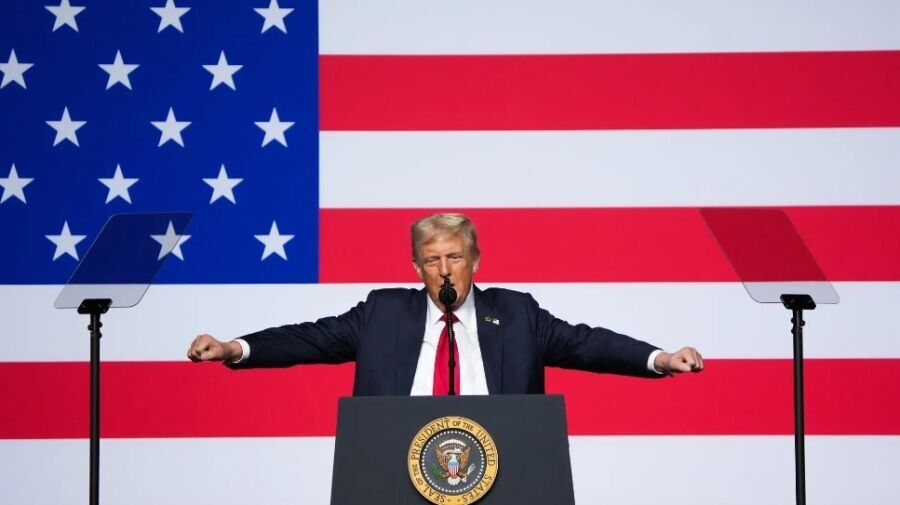Rewriting US foreign aid to prioritize strategic value.
During a recent visit to Hanoi, U.S. Defense Secretary Pete Hegsett signed a new agreement with Vietnam to reaffirm U.S. cooperation on sensitive issues related to the war’s legacy. The agreement covered several key issues from the Vietnam War era, including Agent Orange cleanup, unexploded ordnance clearance, and better information sharing to determine the whereabouts of soldiers killed or missing from both countries.
According to Foreign Policy, the structure of U.S. foreign aid appears to have undergone a fundamental transformation since the Trump administration closed the U.S. Agency for International Development (USAID) and transferred its functions to the State Department. Executive Order 14169, “Marketing and Realigning U.S. Foreign Assistance,” acknowledges that decisions to grant or withhold aid will depend more than ever on a country’s strategic value to Washington.
Trump’s order, issued on January 20, 2025, suspended all foreign aid for 90 days, with exceptions such as Taiwan, for review. The unstated but apparent goal of the policy has been to redefine aid as a tool for advancing America’s geopolitical competitiveness, particularly against China.
The first signs of this shift have been evident in Southeast Asia. In Vietnam, Washington has shown that humanitarian aid can also be a tool for deepening political ties by liberalizing and even increasing the budget for the Agent Orange cleanup program by $430 million. The Trump administration sees the upgrading of Vietnam-US relations to a “comprehensive strategic partnership” by 2023 as an opportunity to contain Chinese influence and strengthen Washington’s position in the region.
In Cambodia, $675,000 in aid has been quietly provided to continue mine clearance operations. The aid, along with new trade and mining deals, is part of a broader effort by the United States to exert influence in China’s traditional sphere of influence. Cambodia, a close ally of Beijing for years, is now trying to reassert its influence there through a mix of diplomacy, trade, and targeted aid.
Another example is the Philippines, which receives Washington’s help to combat illegal fishing, disaster preparedness, and health programs. US officials in Manila said the Philippines was the first country to benefit from the new aid package after the revisions, which they said was aimed at strengthening the two countries’ traditional alliance against Chinese pressure in the South China Sea.
Beyond Southeast Asia, Washington’s attention to the Pacific islands has also been significant. These countries are heavily dependent on foreign aid, and the cut-offs have raised concerns among US regional allies, particularly Australia and New Zealand. After New Zealand’s foreign minister held talks with US officials, there were signs of a partial revival of previous commitments – about $1 billion in aid. The final fate of the funding now rests with Marco Rubio.

